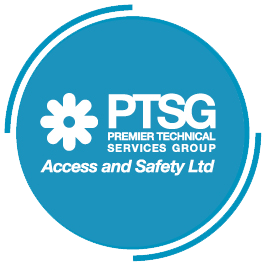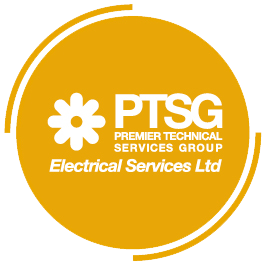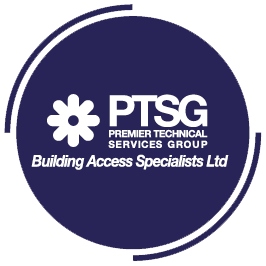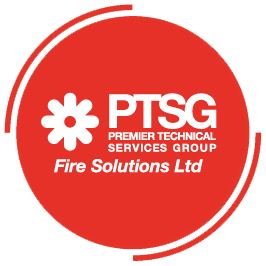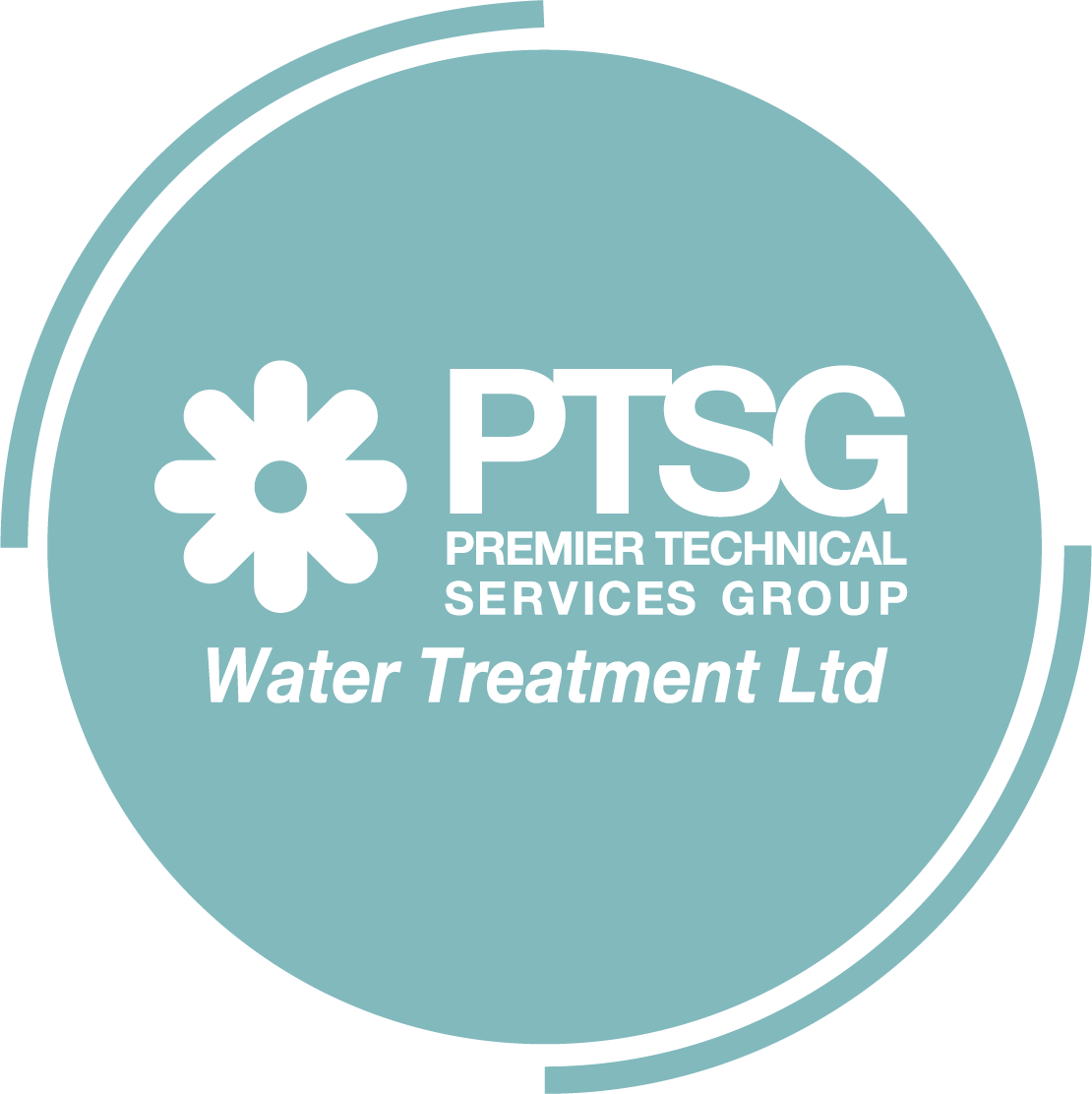Siphonic Drainage: Part of Maintenance – Other
Siphonic drainage systems prevent air from entering the downpipes. This allows higher volumes of water to drain more quickly from flat roofs, which means fewer, smaller diameter downpipes are required. This is the best way to protect your building against high intensity storms and rising levels of rainfall. As a member of the Siphonic Roof Drainage Association, we have the expertise to design and install the right system for you.
What are the benefits of a siphonic drainage system?
- The high-velocity operational flow rate of the system enables it to deal with intense rates of rainfall.
- Each gutter needs only one or two downpipes, which improves aesthetics and reduces the cost of large internal underground drainage networks.
- The location of the pipework is flexible, giving more freedom over design and maximising space within the building envelope.
- The reduction of underground pipework means the pipework within the building is visible, and accessible from mobile access equipment for maintenance or repair.
- Siphonic systems are self-cleansing and do not require access points (access is through the rainwater outlet at roof level).
Does your siphonic system need an upgrade?
Many early siphonic systems were designed to the BS 6367:1983 standard. This was replaced by a new standard (BS EN 12056-3:2000) in 2000, leaving existing buildings under capacity.
In 2007, BS 8490:2007 was introduced to reflect increasing levels of rainfall, adding 10% to the required capacity of siphonic drainage systems.
If your system was installed before 2000, it is likely to fall short of BS EN 12056-3:2000 and BS 8490:2007, and is therefore likely to need attention in order to provide adequate rainwater protection.
Over the years, debris builds up on the roof a building, while a lack of adequate maintenance systems installed since 2000 can lead to operational failure. These older siphonic drainage systems typically require additional maintenance to bring them back to full capacity, so they offer the necessary protection.
Professional maintenance is also essential to protect guarantees and ensure high performance. Gutters and baffles should be inspected and cleaned approximately 3 times each year, depending on temperatures and how close the building is to trees or industrial sites.
Why choose PTSG for siphonic drainage?
As a member of the Siphonic Roof Drainage Association, PTSG has developed close working relationships with all leading industry suppliers, so we can choose the right drainage system for you.
Our engineers are fully employed in-house, with the expertise to design, install, repair and maintain any system. Which means there is no need to rely on (or wait for) external contractors.
We operate nationwide and accommodate portfolios of any size with minimal lead times. Support teams are available around the clock, 365 days a year.
What can you expect?
Our detailed siphonic drainage consultations include:
- Thorough inspection of current systems and gutters, including checks of fixings, welds and rainwater outlets.
- System calculations to determine the appropriate intensity, accounting for rainfall criteria in line with both current British standards.
- Details of any remedial work required to bring the system back to capacity.
- Full calculations of additional capacity necessary to bring protection in line with current and future standards.
A full report with recommendations for the most viable system/additional systems and the steps to achieve suitable rainfall protection.














